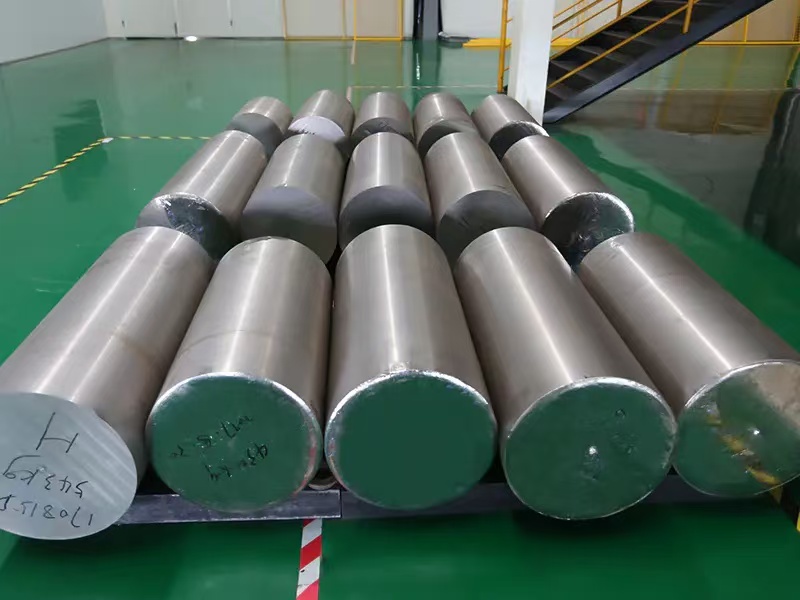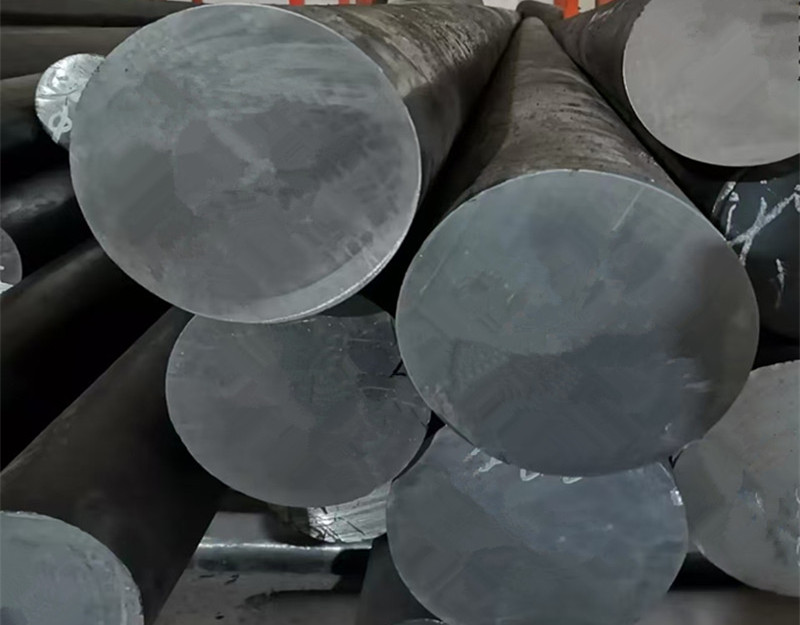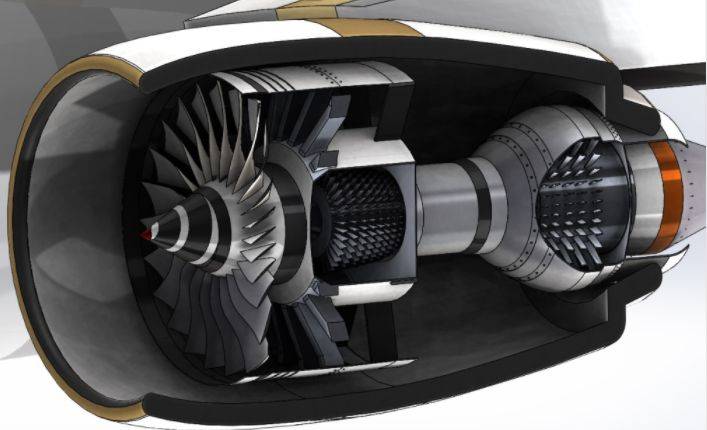What's the difference between aerospace applications of high purity titanium and nickel alloys?

In the modern aerospace industry, material selection is crucial as it directly impacts the performance, safety, and cost-efficiency of aircraft. High-purity titanium alloys and nickel alloys, with their unique advantages, have found extensive applications in this field.
Titanium alloys, characterized by their lightweight, high strength, corrosion resistance, and excellent high-temperature performance, are indispensable in aerospace applications. In aircraft manufacturing, titanium alloys are often used in engine components such as compressor disks, blades, and drums. These components operate in high-temperature, high-pressure, and high-speed environments, and titanium alloys are well-suited to meet these demands. For instance, the GENX engine of the Boeing 747-8 uses titanium alloy protective covers on the leading edges and tips of its fan blades, significantly extending the service life and maintenance intervals of these parts.
Additionally, titanium alloys are widely used in structural components of aircraft, including landing gear, wing spars, and fuselage frames. The Boeing 777 was the first commercial aircraft to use titanium alloys in its landing gear structure, with forged components made from Ti-10V-2Fe-3Al (Ti-10-2-3) material. The use of titanium alloys not only reduces aircraft weight but also enhances corrosion resistance and fatigue performance, improving overall reliability and safety.

Nickel alloys, known for their exceptional high-temperature strength and oxidation resistance, play a vital role in aerospace engines. Nickel-based superalloys can withstand extreme high-temperature conditions and are commonly used in the combustion chambers, turbine blades, and exhaust system components of jet engines. These parts face intense heat during operation, and the superior properties of nickel alloys ensure stable engine performance under such conditions.
For example, the F-35 fifth-generation fighter jet's engine extensively uses nickel alloys, with critical components like impellers, disks, blades, and casings made from nickel-based superalloys. The application of nickel alloys not only enhances engine performance but also reduces maintenance costs and extends service life.

As technology continues to evolve, the application prospects for high-purity titanium alloys and nickel alloys in aerospace are expanding further. With advancements in material preparation technologies and the development of new alloys, these materials will play an increasingly important role in improving aircraft performance and reducing energy consumption and costs.
In conclusion, the application of high-purity titanium alloys and nickel alloys in the aerospace field holds significant strategic importance. These materials not only enhance the performance and safety of aircraft but also drive the continuous development of the aerospace industry.